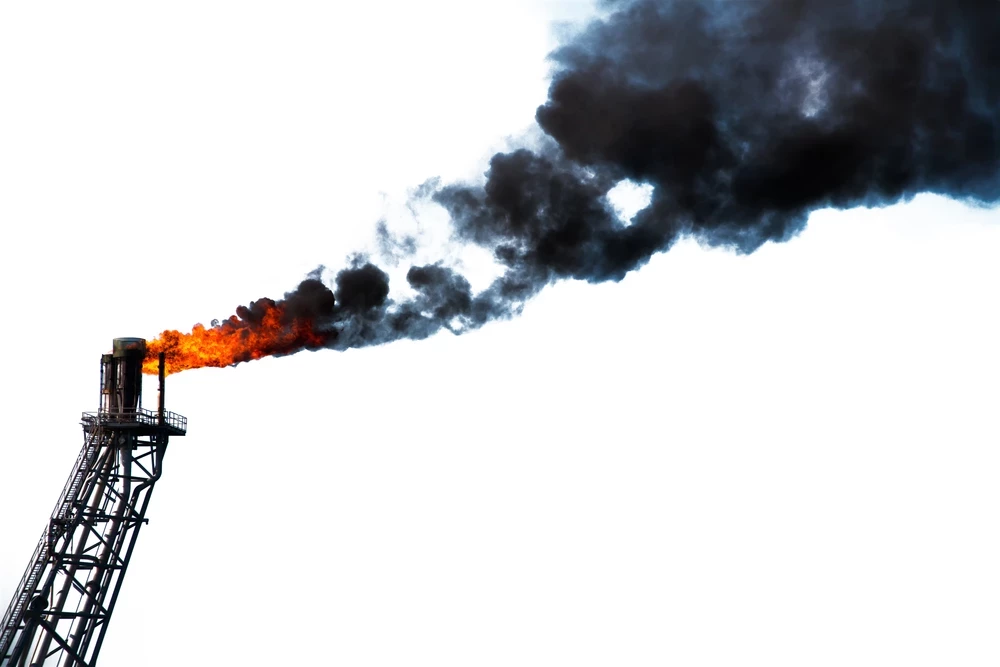Produced Water: The Beginner's Guide
Add bookmark
Formation water, lies in naturally occurring layers below the hydrocarbon deposits in the porous reservoir media.
After the commencement of oil and gas production in a reservoir, formation water will eventually reach the production wells and "water production" will begin.
As seen in the graph below, quantities of produced water will increase throughout the whole exploitable lifetime of an oilfield, to such an extent, oil production and water production become almost inversely proportionate by the end of the reservoir's life. "Dead" wells will invariably consist of more than 90 per cent produced water.
As soon as production is started in a reservoir, the hydraulic pressure which keeps flow rate high is begins to diminish. To balance this differential, seawater is commonly pumped into the water layer below the hydrocarbon deposits, maximising levels of recoverable hydrocarbons but also increasing the amount of built up produced water.
Constituents of produced water
The produced water from oil production is wells is made up of a range of contaminants. While the water produced from natural gas production is far lesser in quantity than that produced from crude oil production, the presence of low molecular-weight aromatic BTEX hydrocarbons, such as benzene, toluene, ethylbenzene, and xylene means that it is up to 10 times as toxic.
i) Dispersed Oil - droplets of oil suspended in suspended in aqueous phase.
ii) Dissolved or Soluble Organic Components - including highly toxicorganic acids, polycyclic aromatic hydrocarbons (PAHs), phenols, and volatiles.
iv) Produced Solids - including precipitated solids, sand and silt, carbonates, clays, proppant, corrosion products, and other suspended solids derived from well operations. These can hamper the removal efficiency of oil/water separators and require periodic disposal.
vii) Metals- including zinc, lead, manganese, iron, and barium. As well as adding to water toxicity, metals can interfere with processing equipment, such as hydrocyclones.
iii) Treatment Chemicals - including biocides, reverse emulsion breakers, and corrosion inhibitors that are potentially lethal at levels as low as 0.1 parts per million. Corrosion inhibitors can also make oil/water separation less efficient.
v) Scales - including calcium carbonate, calcium sulfate, barium sulfate, strontium sulfate, and iron sulfate. Like domestic limsescale these can clog flow lines and form emulsions that are difficult to break down and remove.
vi) Bacteria - build up of bacteria, such as hydrogen sulfide, can clog and become corrosive.
viii) Sulfates - Barium, Calcium and Strontium sulfates can build up and these larger compounds can act as carriers of Naturally Occurring Radioactive Material (NORM).
viii) Naturally Occurring Radioactive Material (NORM) - most commonlyradium-226 and radium-228, these isotopes are not only highly radioactive (radium-226 has a half-life of 1601 years), but can build up as scales and sludges that accumulate in water separation systems.
Separation Techniques For Produced Water
Filtration-Based Separation
In some cases, microfiltration membranes are used to separate oil and produced water. Although microfiltration has proved to be an extremely effective method to achieve high levels of separation, high energy consumption and the periodic and expensive replacement of filters has meant that companies have generally avoided implementing this technology.
Gravity-Based Separation
This method uses vast horizontal tanks, kept at different pressures. As oil and water are immiscible, the two substances separate under gravity and the oil floats to the top. Flotation is often enhanced with thin curtains of finely distributed gas bubbles going out of solution and parallel plate packages installed diagonally in the separation vessel.
Cyclonic Separation Methods
Emerging in the 1990s, the use of static hydro cyclones - a type of gravity unit that uses pressure to speed up and enhance the separation process, is now the favoured technique used to deal with produced water. The advantage of hyrdocyclonic separation is its simplicity: the unit has no moving parts so is low maintenance, it is compact and robust, can deal with a high capacity of oil/water and boasts a speedy and superb rate of separation.
[eventpdf]





















